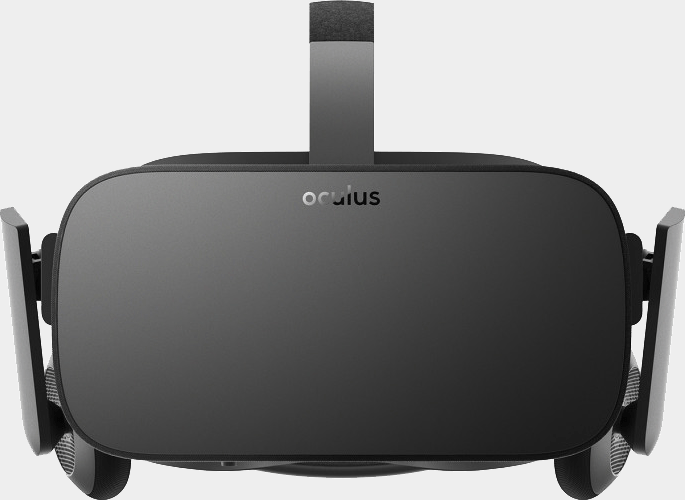
Nvidia’s GeForce Game Ready 364.72 WHQL certified drivers are available for download right now, direct from its download site. According to the official release, this driver helps optimize a number of the Oculus Rift launch titles, including Elite Dangerous, Eve: Valkyrie and Chronos. It also adds support for Nvidia’s VRWorks system, which in supported titles offers big performance enhancements in VR, as well as better SLI efficiency.
The driver also improves performance and efficiency with the HTC Vive headset. While the consumer version of that head mounted display (HMD) will not arrive for a few more days, this makes sure all of the early adopters will be ready.
In non-VR news, these drivers also make the world ready for games like Dark Souls III, Paragon, Quantum Break and Killer Instinct on the PC, all of which Nvidia officially supports as part of this driver update, offering improved performance and visuals in each.
AMD’s driver, on the other hand, is a little hard to come by right now. Although technically released, as it’s in the hands of writers over at PCPer right now, it isn’t quite available for the rest of us to download just yet. When it is available, you’ll find it at AMD’s driver page, as usual.
We’re told AMD’s driver updates to software version 16.3.2, and also adds support for the Radeon Pro Duo. Although no one has that card yet, it’s set to be the most powerful single PCB GPU in the world when it does land in the near future, so could well be popular among high-end VR gamers.
Other additional features include better support for AMD’s Liquid VR platform, which helps reduce latency for virtual reality viewing. It also utilizes asynchronous shaders and “Quick Response Queue,” which is said to make it easier for the Rift CV1 to use asynchronous timewarp, a feature that reduces latency and ultimately lessens the chance of motion sickness.
If you have a Rift or Vive coming soon, which graphics card will you be pairing it with?
Editors' Recommendations
- Here’s why Nvidia’s shots against AMD drivers just don’t add up
- Update your AMD Radeon GPU drivers now to avoid these 27 security risks
- The best Oculus Rift games
- The best VR-ready laptops you can buy right now
- Oculus Rift vs. HTC Vive





